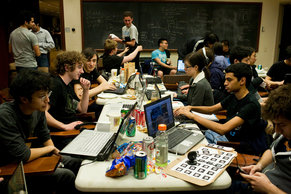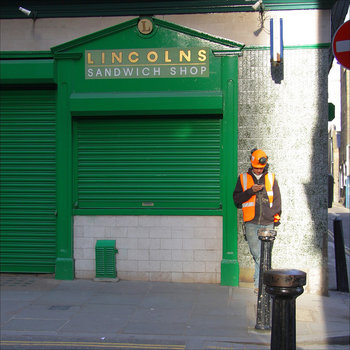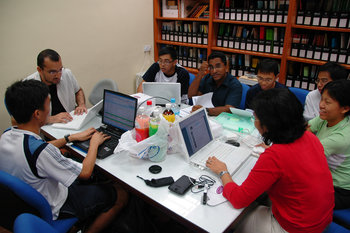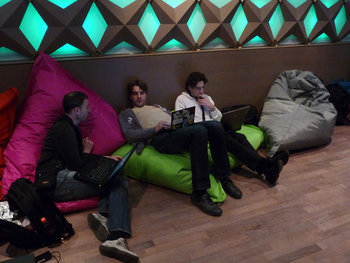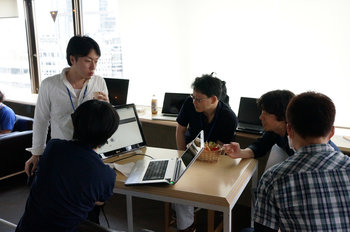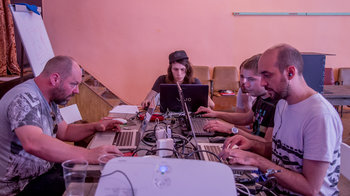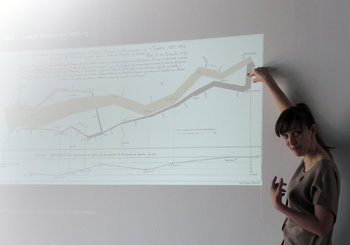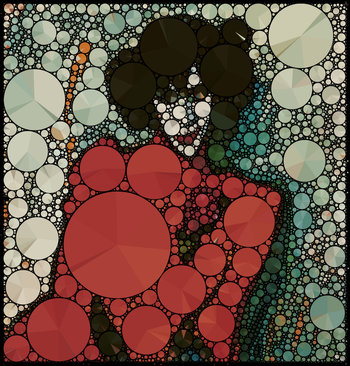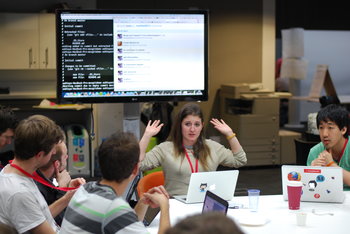
The Difference
It is common for software and hardware to be structured to have many layers that each perform a function. Front end layers are closest to the user and back end layers are furthest from the user. In many cases, back end layers are closest to resources such as data.A back end can have a user interface but it is typically used by specialists or administrators as opposed to end users such as business units and customers.In some cases, one business unit's back end is another business unit's front end. For example, an ecommerce website might connect to a back end to obtain delivery schedules. The delivery information system might be a front end for customer service representatives.Example
A bank website offers a front end to retail customers to place orders for stocks. The front end connects to a back end application server that integrates with a variety of market intermediaries to obtain stock quote information and fulfill orders.| Front End vs Back End | ||
Front End | Back End | |
Definition | Services, programs and components closest to users. | Services, programs and components furthest from users that typically provide resources and execute transactions. |

